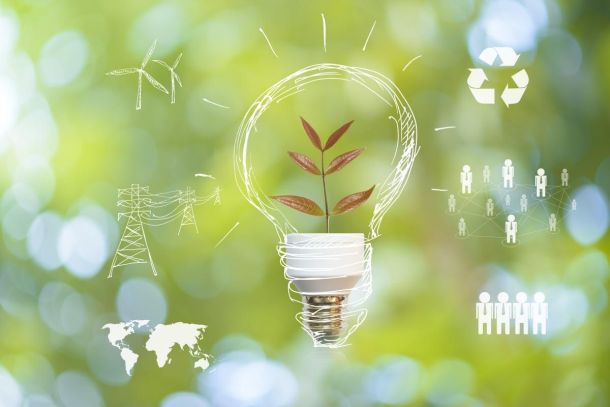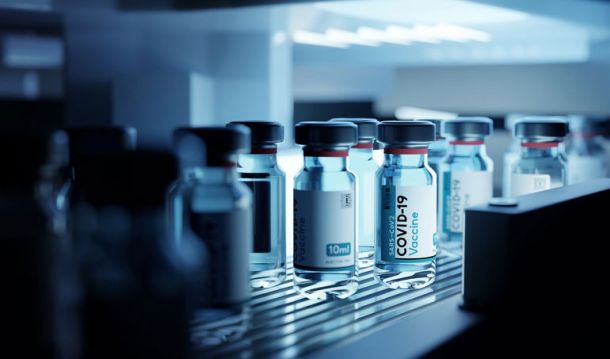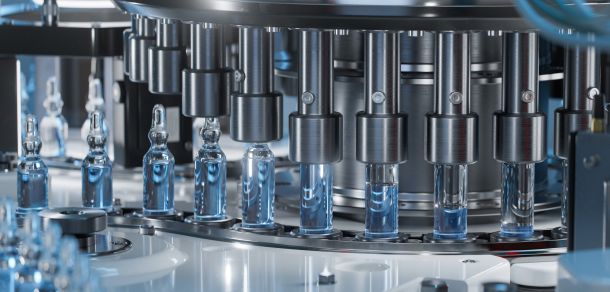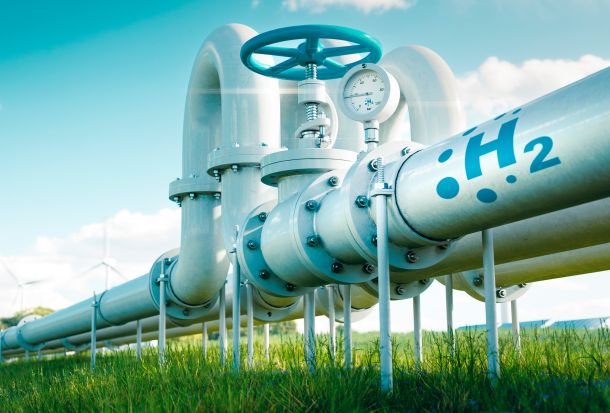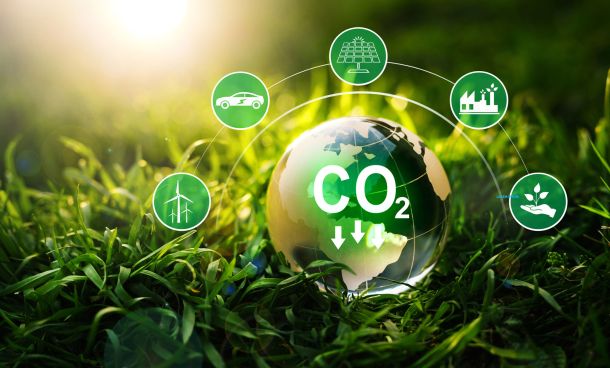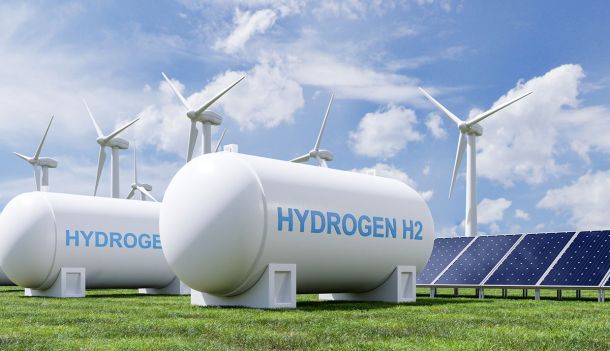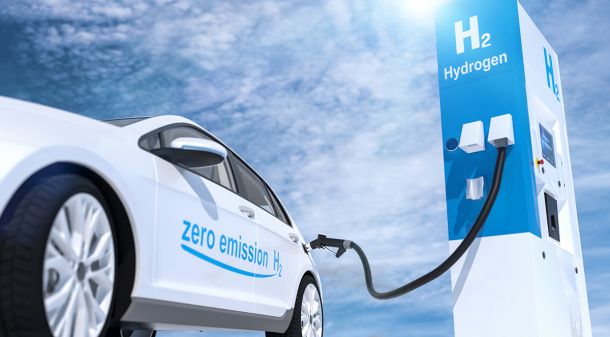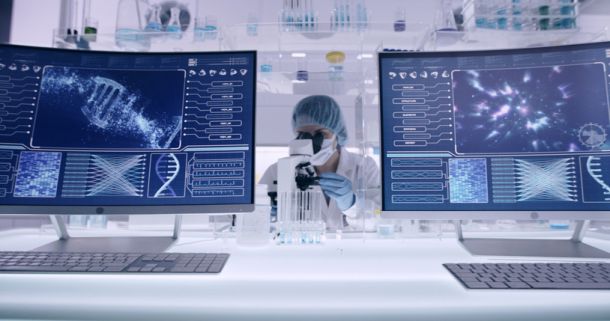INCONCRETO NEWS
Shaping the Life Sciences Industry of the Future: Sustainability as a Cornerstone of Societal Progress
At the forefront of developing new drugs, therapies, and medical technologies, the life sciences industry plays a pivotal role in enhancing the health and well-being of individuals. Research, coupled with advancements in medicine and technology, contributes to the prevention, diagnosis, and treatment of diseases, eventually elevating the quality of life and life expectancy for people globally.
Beyond its impact on individual health, this industry holds a fundamental position in influencing not only the well-being of communities but also contributing to economic development and global health security.
The global collaboration witnessed across countries during the Covid-19 pandemic significantly hastened scientific and regulatory partnerships and innovations within the life sciences sector.
Amid the crisis, the life sciences industry had to swiftly adapt as the pandemic disrupted normal business operations. As underlined by Deloitte (WSJ), this adaptation led to reinforced supply chains in specific sectors, while it caused clinical trials for non-Covid-19 products to be frequently disrupted.
The pandemic has urged many countries to set ambitious objectives aimed at strengthening their public health systems, optimizing healthcare resources, and adapting their regulatory approaches.
These aspirations are projected to be linked to the potential for ensuring a positive environmental impact throughout the entire life sciences sector.
In the global race to net-zero carbon, every sector can significantly contribute to meeting international goals, ensuring a consistent reduction in greenhouse gas emissions, and potentially achieving net zero by 2050. According to the Paris Agreement in 2015, getting to net zero requires all governments – first and foremost the biggest emitters – to strengthen their Nationally Determined Contributions (NDCs) and take decisive action for meaningful emissions reductions.
Considering the diverse range of its areas of intervention, the life sciences segments have the potential to significantly contribute to fostering environmental sustainability across the entire industry. This shift would transform sustainability from a mere compliance requirement into a virtuous circle that could be source of value for patients, organizations, and the planet. In fact, if the planet can become more sustainable, the negative effects of climate change will be restrained on human health.

Assessing GHG emissions in the Life Sciences industry: far-reaching strategies for their reduction
Based on the data collected by Healthcare without Harm, the leading global movement acting for environmentally responsible healthcare, at the international level healthcare systems makes up 4.4% of global greenhouse gases (GHG) emissions each year. Such score rises up to 10% on average for the most industrialised nations, which means, as underlined by the World Economic Forum (WEF), that the life sciences industry is more climate-negative than the aviation or shipping sectors.
The top ten emitters collectively account for 75% of the worldwide healthcare climate footprint. The United States are the world’s number one emitter, in both absolute and per capita terms. They are followed by China and the countries of the European Union: together, they contribute to over half of the world’s total life sciences emissions (56%).
Companies and institutions can evaluate their emissions across three scopes:
- Scope 1 includes all direct emissions from activities under the company’s control. Within the life sciences industry, it is calculated that approximately 17% of global emissions originate directly from healthcare facilities and vehicles owned by the healthcare sector.
- Scope 2 comprises indirect emissions from purchased energy. Within the life sciences sector, an additional 12% of emissions stem from indirect sources, specifically purchased energy resources like electricity, steam, cooling, and heating.
- Scope 3 encompasses all remaining indirect emissions from sources beyond the company’s immediate control. A substantial 71% of the total emissions in the sector are attributed to this scope, mainly originating from the supply chain: they are generated during the production, transportation, and disposal of various goods and services within the healthcare sector, such as pharmaceuticals, chemicals, food and agricultural products, medical devices, hospital equipment, and instruments.
Analysts also observe that energy, largely derived from the combustion of fossil fuels, still at the core of healthcare-related emissions, constitutes well over half of the industry’s climate footprint assessed across all three scopes. The University of Oxford conducted a review of the aspiring net-zero carbon targets of the top 20 global pharmaceutical companies, considering all three scopes. This assessment encompasses a substantial portion of the revenue, and consequently, the global activity within the entire industry.
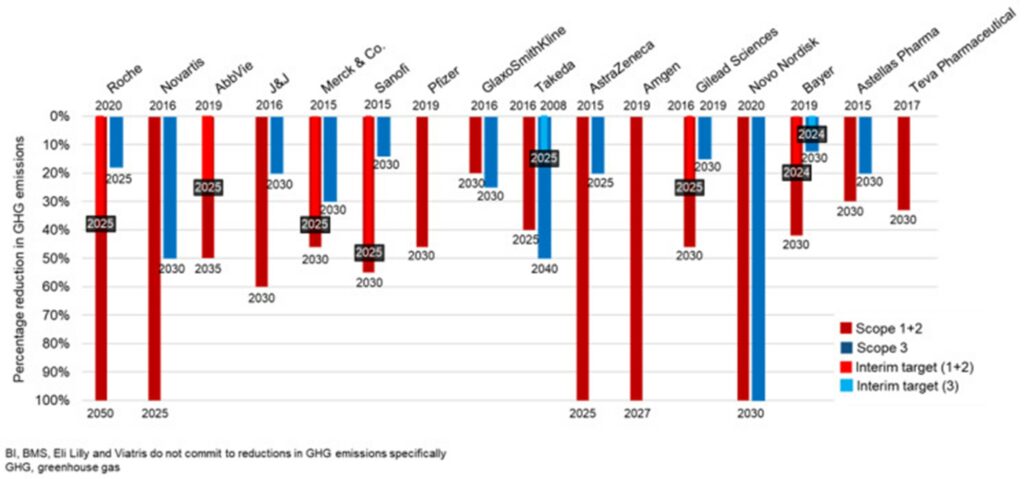
Over the single reporting periods, companies generally proved their action-oriented impact in reducing GHG emissions through green capital projects corresponding to Scopes 1 and 2, while more difficulties were reported for Scope 3, and even the important results accomplished by Roche, Novartis, and BMS only refer to data concerning the drop of business travel and flights.
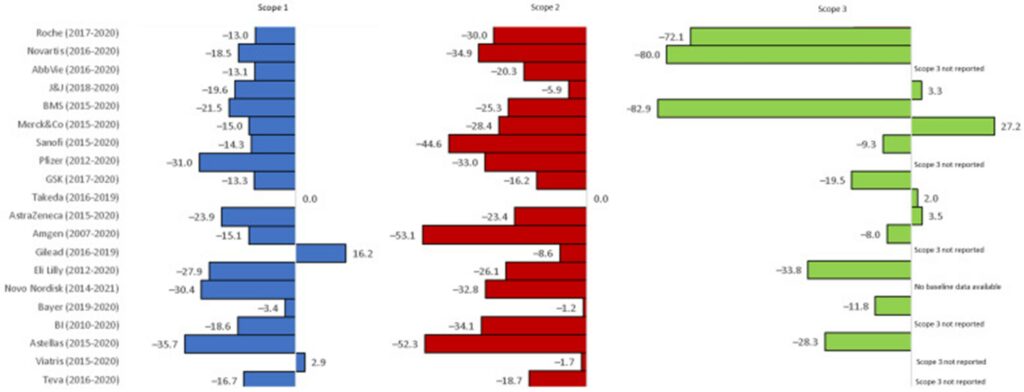
Similarly, the American multinational company IQVIA, specialised in professional consulting to biopharmaceutical and medical groups, recently analysed the commitments as well as the progress from ESG reports of the top 100 pharma companies by value around the world. The study’s findings emphasize a persistent data deficiency: only a limited number of companies were able to substantiate a historical sequence of commitments and the corresponding actions taken to fulfil them. Nevertheless, this sample can provide some consistent information, namely concerning the main approaches installed over two consecutive years to address the three scopes.
Reductions in Scope 1 emissions generally pertain to direct operational activities, including drug manufacturing, facility operations, and company-owned vehicles. The rate of decrease in these emissions tends to align more closely with a hypothetical linear trajectory that converges around the year 2050.
The most rapid emissions drop within IQVIA’s sample are observed in Scope 2 emissions, comprising purchased energy like electricity, heating, and cooling. These reductions are progressing at a pace that aligns with the target year of 2030, the earliest timeframe companies have committed to achieving net zero emissions.
Most of this progress can be accomplished by securing greener energy contracts, but the effectiveness of this approach is contingent upon the flexibility of contracts and the availability of green energy at the regional level.
Electricity comes up to be the largest of the fuel types purchased and targeting its reduction can drive Scope 2 success. As part of the RE100 initiative, which aims to utilize 100% renewable energy, Biogen, Novo Nordisk, and AstraZeneca emerged as leaders in 2021, acquiring more than 90% of their purchased electricity from renewable sources and implementing corresponding investments.
Top Life Sciences companies progress against 100% renewable energy goal

Once more, in this case as well there is unfortunately no sufficient evidence to provide reassurance regarding efforts to reduce greenhouse gas emissions in Scope 3. These emissions contribute the most to a life sciences company’s carbon footprint and are particularly challenging to examine due to their multiple nature.
Deploying comprehensive green initiatives along the entire Life Sciences supply chain
Moving ahead, the path for ensuring that the life sciences industry formulates effective and ample strategies for reducing its emissions will necessarily imply enhancements in operations and technology, along with gaining support from suppliers, distributors, healthcare providers, and other stakeholders to reduce life cycle emissions.
Within the upstream operations, a various set of activities can be potentially targeted in this sense. R&D dedicated to biomedical and pharmaceutical industries happens to be significant contributors to the carbon footprint of science. This is mainly due to the use of energy-intensive instruments and resources needed, such as freezers (reaching temperatures as low as −80°C) and considerable amounts of water for experimentations in laboratories, whose dimensions imply an average of 5 to 10 times more energy consumption per square meter than standard office spaces. Indeed, in collaboration with universities and research institutions, life sciences companies could make sure that research is always of the highest quality: trials that cannot be reproduced or interpreted because they were not planned carefully enough, with consistent samples, are a waste of resources and time. Sustainable practices may come along: ultra-low temperature freezers can be emptied of the unneeded samples and shared among different laboratories.
In both the experimentation and manufacturing phases, green investments can be channelled into the development and adoption of more efficient and environmental-friendly technologies and methods.
For instance, plastics are extensively utilized in 80% to 90% of medical-related items and devices, including encapsulation materials, blood bags, prosthetics, centrifuge tubes, electrical insulators, and various other applications. This extensive use contributes to groundwater pollution, ocean plastic pollution, and the widespread dispersion of plastics across the planet. Banning single-use products, which represent 50% of plastic, and strictly implementing the 5-R-rule, refuse, reduce, reuse, repurpose, and recycle, are crucial steps for enhancing sustainability in life sciences, aiming to preserve the environment, but also humanity itself. Certainly, opting for metal or glass goods is consistently more environmentally friendly than plastics, even in comparison to biodegradable alternatives. Investments should be directed not only towards in-house production but also toward selecting stakeholders who adopt the same approach for all outsourced services and productions.
Continuously involving the entire supply chain is the key strategy. It is crucial to conclude positive partnerships with suppliers that have a strong commitment and a detailed sustainability plan, and offer certified products and green alternatives to standard products. In parallel, collaboration among suppliers should be encouraged. Procurement can be leveraged as a central component of sustainability efforts, including providing enhanced payment terms to those who undertake tangible actions in addressing climate change and commit to reduction targets based on scientific principles.
Digital tools and software support are expected to play an increasingly significant role in achieving a climate-positive “dematerialization”. This can be accomplished by enabling the creation of virtual resources that provide maximum value with minimal resource consumption, thereby reducing the need for travel and commuting, and for extensive infrastructures. As highlighted by the WEF, the transition to cloud, service, and software-based solutions is another instance of dematerialization, leading to savings in the materials required for on-site enterprise hardware and a reduction in CO2 emissions.
Correspondingly, downstream activities, including the distribution and use of medicines, as well as the disposal of devices, along with new recycling processes, have the potential to positively influence the pursuit of achieving net-zero emissions.
The virtuous harmonization of these positive practices can ensure that projects in the life sciences industry are designed and executed with the goal of reducing environmental impact and promoting sustainable practices for the benefit of all.
INCONCRETO, as an international consultancy, can provide expertise in capital project optimization in the Life Sciences industry.
Connect with our people!
We combine technical expertise with large program execution practices, improving predictable outcomes and steering profitability on Capex/Opex project investments.
For further readings, you may consult these sources:
- Health Care’s Climate Footprint, by Health Care Without Harm.
- Here’s how healthcare can reduce its carbon footprint, by the World Economic Forum.
- Pharmaceutical Company Targets and Strategies to Address Climate Change: Content Analysis of Public Reports from 20 Pharmaceutical Companies, published on the International Journal of Environmental Research and Public Health.
- Is pharma on track to reduce its carbon emissions?, by IQVIA.
- Plastic In the Life Sciences Industry, by Stammer.
- Accelerating the transition to net zero in life sciences, by McKinsey & Co.
- The paradox of the life sciences, by EMBO Reports.
- Life Sciences Companies need accurate carbon emissions tracking, by Oliver Wyman.
Newsletter
© INCONCRETO. All rights reserved. Powered by AYM

